Maltese Poodle Mix – The Ultimate Guide To The Mighty Maltipoo

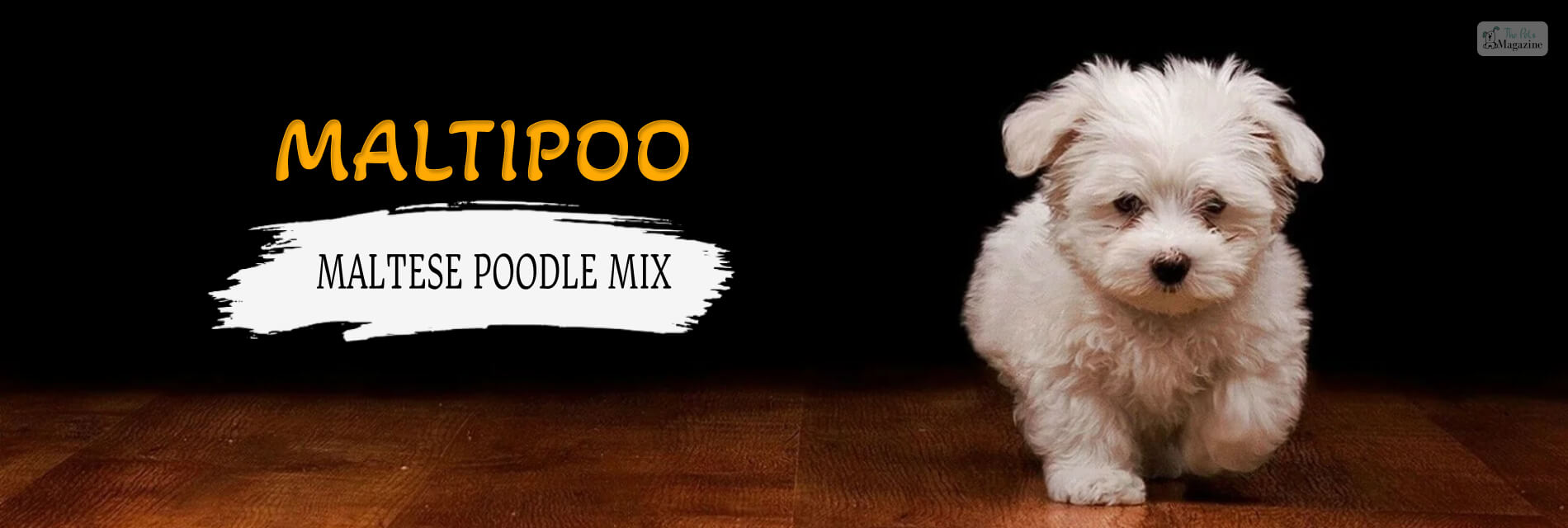
If you are looking for a cute and cuddly little bundle of joy for your family, then the best pet you can have is a Maltese poodle mix or a Maltipoo.
Whether you are looking for a cuddly dog for you to cuddle with on the couch or an athletic, little active pooch, then a Maltipoo is the best little companion you can have.
So if you wanna know more about this cute little Maltese Poodle mix, then you are at the right place; we have all the details.
Breed Overview
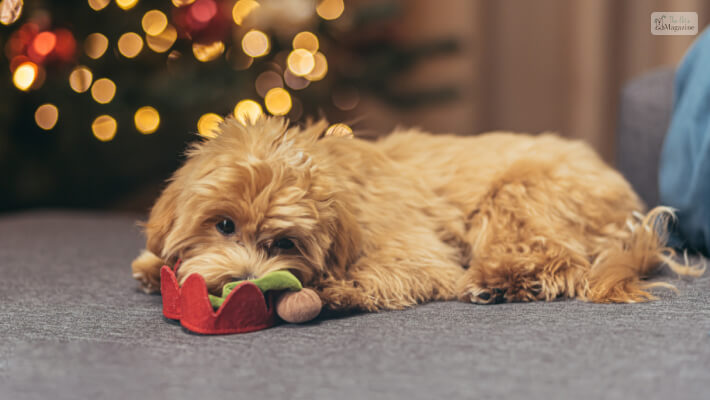
But before jumping onto the details of the Maltese Poodle mix, here are a few details of the dog breed that you should definitely know about.
| Height | 8 – 14 inches |
| Weight | 5 – 20 pounds |
| Breed Size | Small (0 – 25 lbs) |
| Life Span | 10 – 13 years |
| Temperament | Playful, gentle, outgoing, friendly |
| Good With | Children, families, seniors, cats and dogs |
| Shredding Amount | Infrequent |
| Intelligence | High |
| Exercise Needs | Medium |
| Barking Level | Frequent |
| Energy Level | Active |
| Drool Amount | Low |
| Breed Group | Hybrid |
| Coat Texture/Length | Long, curly and medium |
| Patterns | Merle, sable, bicolor, tuxedo and tricolor |
| Colors | Black, red, grey, blue, white, cream, fawn, liver, yellow, gold, chocolate and brown. |
| Other Traits | Easy to train, hypoallergenic, lots of grooming, apartment-friendly, low prey drive, great for first-time pet owners, high loyalty. |
History

Most of these hybrids are relatively new, and that’s why they don’t have much history that dates back a long time. In the United States, the dog breed only goes back a few years, about 20 to 30 years at best.
The fact that these dogs are hypoallergenic made their popularity skyrocket, and now Maltipoos are among the most famous designer dog breeds.
Appearance
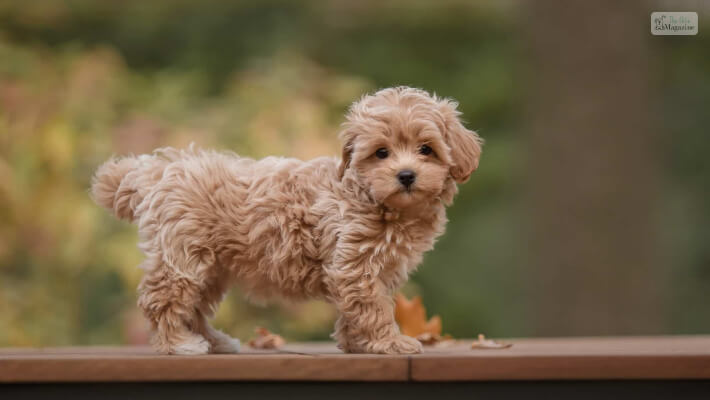
The Maltese Poodle mix, or in a word, the Maltipoo, is a very cute dog breed, although they are a maximum of 14 inches for a full-grown Maltese Poodle. They have very curly, smooth, and soft fur on their petite body.
The fur color of these Maltipoos is very diverse since their parent breeds have a wide variety of fur colors. This makes the Maltese Poodle mix have varieties of fur colors.
There is no such concept of “hypoallergenic dogs,” as the allergy-producing parts are the saliva and dander. But the plus point of the Poodle Maltese mix doesn’t shade their fur as much and doesn’t drool as well, so triggering any kind of allergies is less for this breed.
If you are adopting a Maltipoo rescue, you should check at the beginning if the dog is perfectly healthy or not. There are people who have even smaller breeds of the Maltese Poodle Mix, like the teacup Maltipoo.
But there are many veterinarians who said, “The pocket dogs that you put in your purse, they’re adorable, but they can have some problems. They can have terrible disease, they can have luxating patellas and they can have some heart disease issues. And when they’re little, they’re more susceptible, especially the little babies, to pneumonia and upper respiratory. I always like to educate and set expectations so that way pet parents know what they might be getting themselves into,” said Adam Christman, DVM.
Temperament
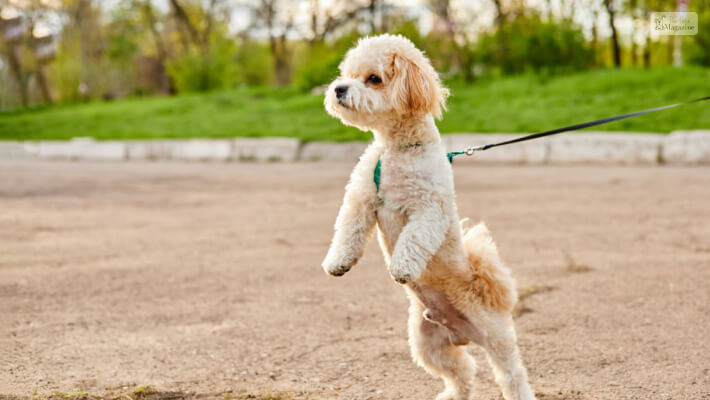
If you are a lover and not a fighter, then the Maltese Poodle mix is the best breed for you. They are loving, gentle, happy, and very affectionate dogs, perfect as lap dogs. These Maltipoos are very friendly and playful dogs who will snuggle with you any time you want.
The Maltipoos are generally very suspicious dogs as they will bark at anything and are generally very alert. But that doesn’t mean they get aggressive in any way. But proper socialization is needed since they are puppies.
Health & Care
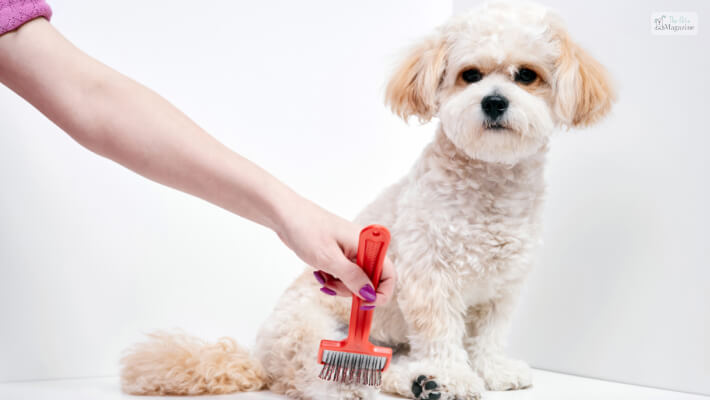
There aren’t many health problems that are present in a full grown Maltese Poodle mix, unlike a Cavapoo rescue, which deals with many genetic health issues.
However, there are a few health problems that these Maltipoos suffer from, which are White shaker syndrome, Luxating Patellas, dental problems, and also progressive retinal atrophy. Here’s a breakdown of common health issues you should be aware of:
Legg Calve-Perthes Disease
This affects the hip joint development, leading to pain and lameness. LCPD disrupts blood flow to the femoral head, the ball-shaped top of the thigh bone that fits into the hip socket. This lack of blood supply causes the bone to weaken and eventually collapse, leading to pain, lameness, and osteoarthritis in the hip joint. The exact cause of LCPD is still unknown. However, several theories exist:
- Abnormal blood vessel development: Malformations in blood vessels supplying the femoral head could restrict blood flow.
- Hormonal factors: Hormonal imbalances might play a role, but this requires further investigation.
- Genetics: A genetic predisposition is suspected, but no specific gene has been identified yet.
Liver Shunts
A birth defect causes abnormal blood flow in the liver. In dogs, a liver shunt is an abnormal connection between blood vessels that bypasses the liver. Normally, blood from the intestines, spleen, and pancreas travels through the portal vein to the liver, where it gets filtered and detoxified.
But with a liver shunt, this blood takes a shortcut, diverting around the liver and delivering toxins directly into the bloodstream. There are two main types of liver shunts in dogs:
- Congenital portosystemic shunt (PSS): This is a birth defect present from the time the puppy is born. It’s more common in small dog breeds like Yorkshire Terriers, Maltese, and Cairn Terriers.
- Acquired portosystemic shunt (PSS): This develops later in life due to liver disease or other medical conditions. It can occur in any breed.
White Dog Shaker Syndrome
This syndrome also known by several other names, including idiopathic steroid-responsive tremor syndrome, generalized tremor syndrome, or little white shakers syndrome, is a condition affecting mostly small, white dogs. It causes sudden full-body shaking episodes. The exact cause is unknown, but it is not life-threatening.
However, experts believe that it is an autoimmune-mediated condition where the immune system mistakenly attacks the nervous system, affecting the cerebellum (the part of the brain controlling muscle coordination).
The primary symptom of the white dog shaker syndrome is a sudden onset of mild to severe tremors that worsen with activity and stress. But you may notice other potential symptoms such as:
- Difficulty walking
- Nystagmus (rapid eye movements)
- Seizures (rare)
Progressive Retinal Atrophy (PRA)
A group of inherited diseases causing gradual vision loss is known as PRA or Progressive Retinal Atrophy. Here’s a breakdown of the causes:
- Genetics: Mutations in specific genes are responsible for different forms of PRA.
- Multiple Genes: In some cases, the interaction of multiple genes determines PRA development
Some of the common signs of PRA in Dogs are as follows:
- Night blindness: Difficulty seeing in low light, hesitation in dimly lit environments.
- Bumping into objects: Loss of depth perception can lead to clumsiness.
- Reluctance to play fetch or engage in visually dependent activities.
- Dilated pupils: Pupils may stay dilated even in bright light.
- Eye rubbing: Discomfort due to vision changes may lead to pawing at the eyes.
Other Health Issues That Maltipoos are at risk of
Apart from these, here are a few other health conditions that Maltese Poodles are prone to:
- Luxating Patella: This condition causes the kneecap to pop in and out of place, often seen in small dogs like Maltese and Poodles.
- Tracheal Collapse: Weakness in the trachea (windpipe) can cause difficulty breathing, coughing, and honking sounds.
- Reverse Sneezing: This is a harmless snorting or honking sound caused by irritation in the nasal passages.
- Cataracts: Clouding of the lens in the eye, impairing vision.
- Dental Disease: Small dogs like Maltipoos are prone to plaque buildup and periodontal disease.
- Overcrowded Teeth: Their small mouths can lead to overcrowding of teeth, increasing the risk of dental problems.
- Allergies: Both Maltese and Poodles can be prone to allergies, triggering skin problems or respiratory issues.
But all these problems can be solved by a healthy diet, proper brushing of the teeth, and regular vet checkups.
There are a few things that you should keep in mind: even though a Maltipoo doesn’t shed much, they are a very high-maintenance dog breed. Their cleaning and brushing process is a regular need. The Maltipoo only needs to be bathed once a month or when they have sores on their body.
Food & Diet
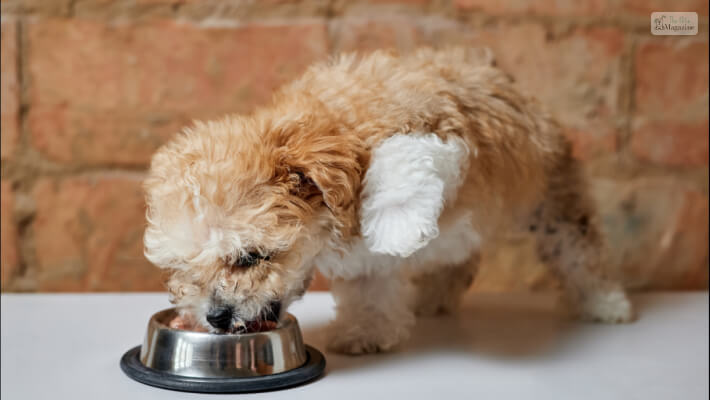
Since the Maltese Poodle Mix is a toy dog breed, they don’t require as much food, only about 40 calories for each pound of their tiny body a day. Food of about 200 to 800 calories of food is more than enough for them to fill up their stomachs.
You should avoid feeding your dog all at once and them into different meals in a day. Also, maintain the food quality and give only high-quality dog food to them. This will ensure that they are receiving their required protein and fat content properly.
Grooming
Maltese Poodles have heavy growth and need to be groomed regularly. Their coat is on the larger side, so it often gets dirty and matt because of the dirt and dust. You need to brush their coat several times a week and give them baths every month to keep them clean.
You can also take them to a groomer regularly to get their hair brushed and trimmed so it does not get in their eyes and looks clean as well.
Socialization
Maltese Poodle are an affectionate breed; they love spending time with their parents, playing with them, or simply being with them while they are doing their daily chores. They need a lot of love and affection, and they reciprocate as well. This types of poddle are amazing with kids, especially because of their calm and gentle nature. They do not require much, just pet them for hours, and they will enjoy that.
They are good with other animals and get along quickly with them as well. These include other dogs and pets that you might have. This is because Maltipoos are social and outgoing and do not get aggressive.
Training and exercise
Maltese poodles are indoor breeds, but that does not mean they do not like exercise. They do not require much, but a 30 to 40-minute exercise would suffice. You do not have to take them for walks every day. Give them some toys, play with them, keep them engaged over some activities, and that would tire them out.
Not just physical exercise, they also require mental stimulation. They love being around people, so playing some indoor games would be their favorite pastime. Both poodles and Maltese are intelligent breeds and are eager to learn new things. So does the Maltese poodle mix. It is not difficult to train them. Be patient with them, but they catch on quickly though.
Wrapping Up!
There you go; a Maltese poodle dog breed is a great designer dog breed, as there are a lot of advantages that you can have from these dogs. They are hypoallergenic, and although they don’t shed as much, they are high maintenance, being designer dogs.
So if you like this article, then give this article a like and comment down below whether you would like to own a Maltese poodle mix or not.





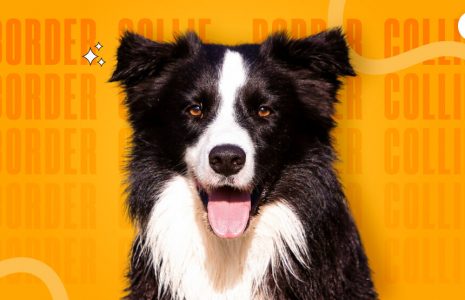
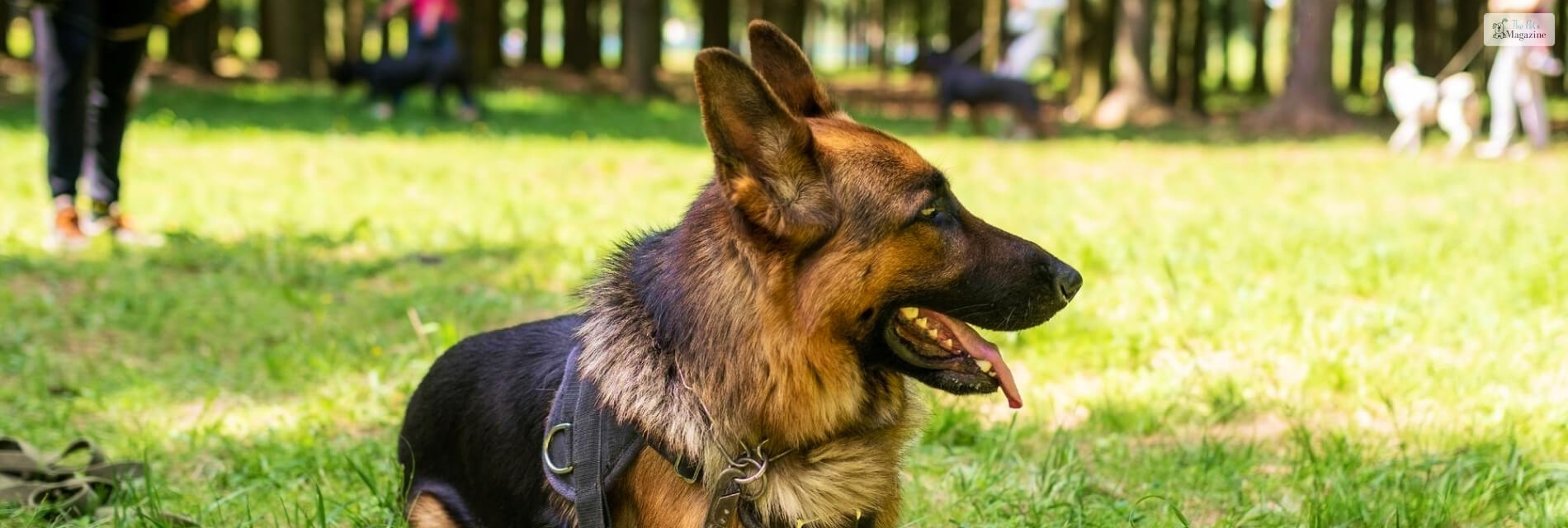

Leave A Comment